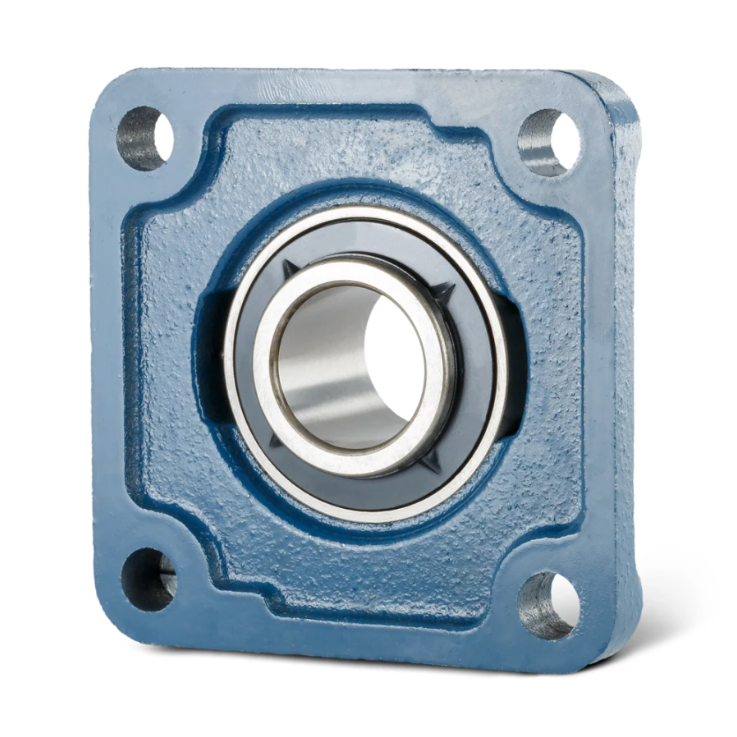நவ் . 24, 2024 03:04 Back to list
deep groove ball bearing types
Understanding Deep Groove Ball Bearing Types
Deep groove ball bearings are one of the most widely used types of rolling bearings. Their simple design and versatility enable them to cater to a wide array of applications across various industries. This article delves into the characteristics, variations, and applications of deep groove ball bearings, shedding light on the reasons behind their popularity.
Structure and Function
At the core of a deep groove ball bearing is a series of steel or ceramic balls, which run along a raceway with a deep groove. This unique feature allows the bearing to accommodate both radial and axial loads, making it a reliable choice for applications requiring high speeds and moderate load capacities. The groove depth promotes greater stability and enhances the contact area, minimizing wear and extending the bearing’s lifespan.
Types of Deep Groove Ball Bearings
Deep groove ball bearings can be classified based on several criteria, including material, design, and features
1. Material Variations - Steel Bearings Most commonly used, steel bearings offer a good balance of performance and cost. They are suitable for a wide range of temperatures and loads. - Ceramic Bearings These bearings are ideal for high-speed applications due to their lightweight and low friction characteristics. Ceramic materials are also corrosion-resistant, making them suitable for harsh environments. - Stainless Steel Bearings With improved resistance to corrosion, stainless steel bearings are frequently utilized in food processing, pharmaceuticals, and marine applications.
deep groove ball bearing types

2. Design Variations - Standard Deep Groove Bearings The most basic form, suitable for a multitude of applications. - Single Row and Double Row Bearings Single row bearings have one row of ball elements, while double row bearings have two. The latter can carry greater loads but may have limitations in speed. - Closed and Open Bearings While closed bearings have seals or shields to protect from contaminants, open bearings are preferred in applications where lubrication is abundant and contamination is minimal.
3. Special Features - Shielded Bearings These feature shields on one or both sides to prevent dirt and debris from entering, enhancing lifespan and reducing maintenance. - Sealed Bearings These come with rubber seals that are effective at retaining lubricant and keeping contaminates out, ideal for applications with challenging operating environments.
Applications
Deep groove ball bearings find their uses in a broad spectrum of industries, including
- Automotive Utilized in electric motors, wheel hubs, and transmissions due to their ability to handle both radial and axial loads effectively. - Industrial Machinery These bearings are found in conveyors, pumps, and electric motors, where reliability and durability are crucial. - Home Appliances From washing machines to power tools, deep groove ball bearings are integral components, ensuring smooth operation and efficiency. - Aerospace Used in aircraft engines and other critical components where precision and reliability are paramount.
Conclusion
Deep groove ball bearings exemplify versatility in design and application. Their ability to accommodate varied loads, along with various material and design options, makes them suitable for a wide range of industrial and commercial applications. Understanding the types and specifications of deep groove ball bearings can help manufacturers and engineers choose the right bearing for their needs, ultimately leading to improved performance and efficiency. Whether in motors, appliances, or heavy machinery, deep groove ball bearings remain a cornerstone of contemporary engineering solutions.
Latest news
-
25MM 2 BOLT UCFLX05-14 Flange bearing unit( oval)
NewsMar.07,2025
-
4 bolt UCF 200 series Pillow block bearings
NewsMar.07,2025
-
25MM 2 BOLT UCFLX05-14 Flange bearing unit( oval)
NewsMar.07,2025
-
UCF216-50 4-Bolt Flange Housing Square Bearing
NewsMar.07,2025
-
25MM 2 BOLT UCFLX05-14 Flange bearing unit( oval)
NewsMar.07,2025
-
spherical roller bearing material exporter
NewsMar.07,2025





